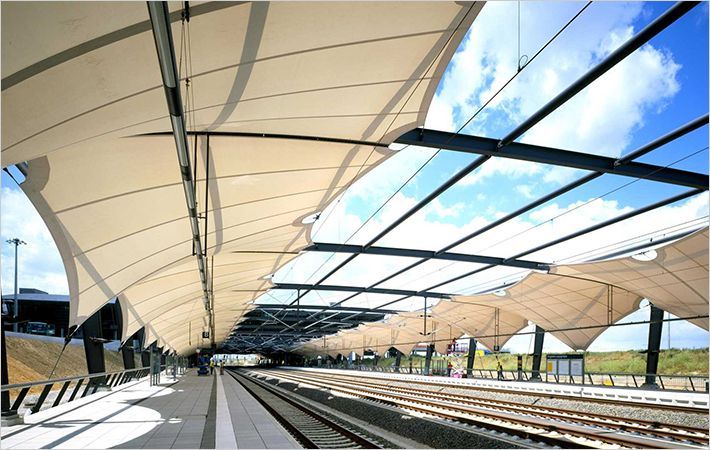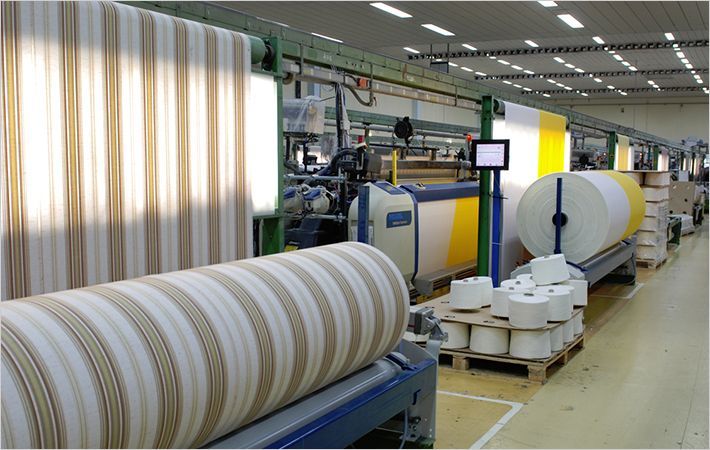In an address at Green Week in Brussels on 24 May, Karl Falkenberg, Director General of DG Environment, said that integrated projects which co-ordinate actions with other funding streams represent the way forward for the LIFE programme.
Speaking at the session, '20 years of LIFE – the past, present and future of water policy funding', Mr Falkenberg said that the limited LIFE budget means that projects will have to use “multiplier effects” to achieve an impact that is not merely local but one that spreads across Member States, he said. The EU will favour cross-border initiatives, while partnerships for research will give access to additional finances, he added.In an address at Green Week in Brussels on 24 May, Karl Falkenberg, Director General of DG Environment, said that integrated projects which co-ordinate actions with other funding streams represent #
Mr Falkenberg praised those who set up the LIFE programme 20 years ago, saying that they had a “good understanding of the demonstration potential” of the instrument.
Speaking ahead of the Director General, Dr Lynne Barratt, ASTRALE (external monitoring team for the LIFE programme) gave an overview of the strengths and opportunities of the programme. “LIFE projects excel in policy implementation but not in all areas of the policy lifecycle,” she said.
Dr Barratt emphasised that the programme could play a greater role than it has done in influencing policymaking. Mr Falkenberg concluded his address by reaffirming this point. We need to work towards making LIFE a source of knowledge that can help revise policy, he said.
Mr Falkenberg concluded the session by presenting the two winners of the 'Best of the Best' and three winners of the 'Best' LIFE Environment projects with their plaques.
The 2 "Best of the Best" LIFE Environment Projects 2011:
'Best of the Best':
• 'INSU-SHELL' – Environmentally Friendly Facade Elements made of thermal insulated Textile Reinforced Concrete' (LIFE06 ENV/D/000471) This German project demonstrated a new technology to minimise the amount of concrete necessary in the construction of the facades. The beneficiary, the Rheinisch - Westfaelische Technische Hochschule Aachen, developed a high-tech, thermally insulated textile reinforced concrete (TRC) technology, which reduces the C02 produced by more than half.
• Moveable HEPP – Demonstration Plant in the Kinzig River: Moveable Hydroelectric Power Plant for Ecological River Improvements and Fish Migration Reestablishment (LIFE06 ENV/D/000485). This German project demonstrated 'Moveable HEPP', a new hydropower technology that doesn't adversely affect natural ecosystem functions of river habitats. The technology is economically advantageous event at low turbine heads.
EU

